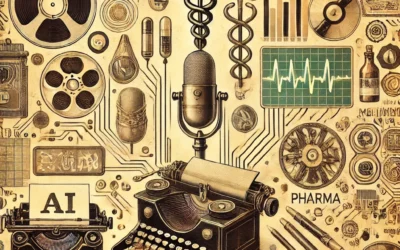What is Artificial Intelligence and how does it work?
Artificial intelligence is a type of computer science used to design intelligent machines and software. It can be used for many purposes, such as designing robots, solving problems or playing games.
Artificial intelligence is an area of computer science that studies the theory and practical application of intelligent systems. Artificial intelligence has been the subject of many research projects in academia and business since it was first introduced in the 1950s.
What is the difference between machine translation and artificial intelligence?
Machine translation is a process that converts one language into another language without human intervention. Artificial intelligence, on the other hand, is a machine-based technology that allows machines to mimic human intelligence.
Machine translation was first developed in the 1950s with the release of the IBM 701 computer and its Fortran programming language. In 1957, machine translation was first used on a large scale when it was used to translate from Russian to English to enable U.S. Secretary of State John Foster Dulles to speak at the United Nations General Assembly in New York without relying on an interpreter.
The difference between artificial intelligence and machine translation is that AI is designed to mimic human intelligence, while machine translation simply converts one language to another through an automated process without human involvement.
Translating lost languages
How can AI help translate lost languages?
AI can be used to translate lost languages using the principle of machine learning. AI can use statistical models to correlate words in one language with words in another language. It can also use a corpus of texts to learn patterns and generate translations based on that.
An example is the system developed by MIT where a team of researchers from the Computer Science and Artificial Intelligence Laboratory has created a project that is capable of automatically deciphering lost languages, even without correlating it with other languages.
The machine translation process is not yet perfect, but it has improved a lot in recent years thanks to advances in deep learning and neural networks.
What is the problem of lost languages?
There are more than 7,000 languages spoken on Earth. But the number of languages is declining at an accelerating rate. Every two weeks, one language dies. The problem of lost languages is not just about the loss of cultural heritage. It also has negative consequences for our environment and human rights.
The problem of lost languages is not only about the loss of cultural heritage or language diversity, but also has negative consequences for our environment and human rights. For example, there are many indigenous people who have never been able to communicate with their own people because they do not have words in common with them, which has led to many misunderstandings and conflicts between different cultures that have existed on the same land for centuries.
The promise and challenge of artificial intelligence for lost language translations
The promise of artificial intelligence for lost language translations is that it will enable people to communicate or understand the relationship among languages that are no longer spoken.
The challenge of AI for lost language translations is that it cannot replace the work of human translators. It can only do what it is programmed to do and, therefore, there are limitations to what it can translate.
Limitations and concerns with AI and machine learning in language technology.
Machine translations have limitations that humans do not have, but they also have strengths of their own. Humans are more flexible, meaning they can make adjustments to the message to convey the same meaning in a different language. Machines cannot do this, which makes them less flexible than humans.
What ‘s next?
Researchers will look to expand AI capabilities in projects where the semantic meaning of words is identified, even if we don’t know how to read them.
“For example, we can identify all references to people or places in the document that can then be further investigated in light of known historical evidence”.
To be attentive to what Computer Science and artificial intelligence will tell us soon.
At SumaLatam, we produce raw machine translation for those who need this solution that:
- generates an approximate translation,
- works for projects where speed is the main factor,
- is good enough for projects where only the gist of what is being said needs to be understood,
- works for large amounts of content.
Or we can offer machine translation combined with human revision, also known as machine translation post editing. Machine translation with human post-editing is necessary in other cases in order to have more polished content. Our expert post-editors are specifically trained not only to correct the output of machine translation but also to improve future machine translation output by building a library of corrected content. Post-editing improves the quality of a translation project and builds on the efficiency and accuracy of the MT engine for future projects.
How can we help you with your next machine translation project? Make a free consultation. contact@sumalatam.com





